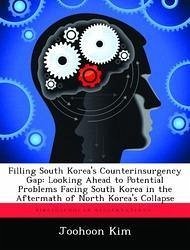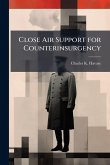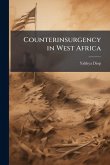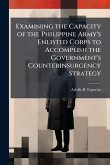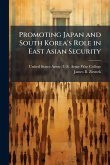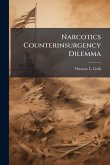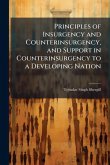South Korea needs to look ahead to problems it may face after North Korea's collapse and prepare to counter any North Korean insurgency that might result from the expansion of conflicts between political power groups. After the death of Kim Jong-il, the political situation in North Korea became increasingly unstable as power transferred to Kim Jong-un. There has been a growing concern about the chaotic aftermath of a regime collapse in the North. The South Korean military has the desire to meet the requirements for an efficient counterinsurgency campaign in order to seize, retain, and exploit the initiative against North Korea's possible insurgents. However, there currently appear to be operational shortfalls in the knowledge, planning, and potential execution of counterinsurgency within the South Korean military. This monograph applies the Capability-Based-Assessment (CBA) process model to distill counterinsurgency requirements for the South Korean military within three of these commodity areas: doctrine, organization, and leadership and education. The CBA model includes a three-phased process: Functional Area Analysis (FAA), Functional Needs Analysis (FNA), and Functional Solutions Analysis (FSA). Doctrinal views highlight the value of operational art and design as a means to balance cost and benefit from the strategic perspectives. Organizational views pursue unity of efforts between armed services and other agencies through a comprehensive governmental counterinsurgency operation. The leadership and educational aspect focuses on the application of mission command related to time sensitivity for adaptive control of insurgents on the Korean Peninsula. Finally, a recommendation made for the successful execution of counterinsurgency operations calls for operational thinking that would enable the South Korean Army to respond quickly and seize the initiative in COIN operations. This work has been selected by scholars as being culturally important, and is part of the knowledge base of civilization as we know it. This work was reproduced from the original artifact, and remains as true to the original work as possible. Therefore, you will see the original copyright references, library stamps (as most of these works have been housed in our most important libraries around the world), and other notations in the work. This work is in the public domain in the United States of America, and possibly other nations. Within the United States, you may freely copy and distribute this work, as no entity (individual or corporate) has a copyright on the body of the work. As a reproduction of a historical artifact, this work may contain missing or blurred pages, poor pictures, errant marks, etc. Scholars believe, and we concur, that this work is important enough to be preserved, reproduced, and made generally available to the public. We appreciate your support of the preservation process, and thank you for being an important part of keeping this knowledge alive and relevant.
Bitte wählen Sie Ihr Anliegen aus.
Rechnungen
Retourenschein anfordern
Bestellstatus
Storno

